I've got a SQL 2005 DB running under a virtual environment.
To simplify things, let's say I have two SQL SELECT Queries. They both do the exact same thing. But I'm trying to analyze them for performance purposes.
Generally, I'd fire up a local DB, load up some data and using timing to compare one variant to other variants.
But in this case, since the DB is large and it's a testbox, the client has placed it on a host that's serving other VM's as well.
The DB is too large to pull down locally, so that's out (at least for now).
But my main issue is that when I run queries against the server, the timing is all over the place. I can run the +exact+ same query 4 times and get timings of 7secs, 8 minutes, 3:45min and 15min.
My first thought was use SET STATISTICS IO ON.
But, that yields basically read and write stats on the tables being queries, which, depending on the variations in the queries (temp tables, vs views, vs joins, etc) can't really be accurately compared, except in aggregate.
I then though of SET STATISTICS TIME ON, and just using the CPU time, but that seems to discount all the IO, which also doesn't make for a good baseline.
My question is is there any other statistic or performance analysis technique that could be useful in a situation like this?

